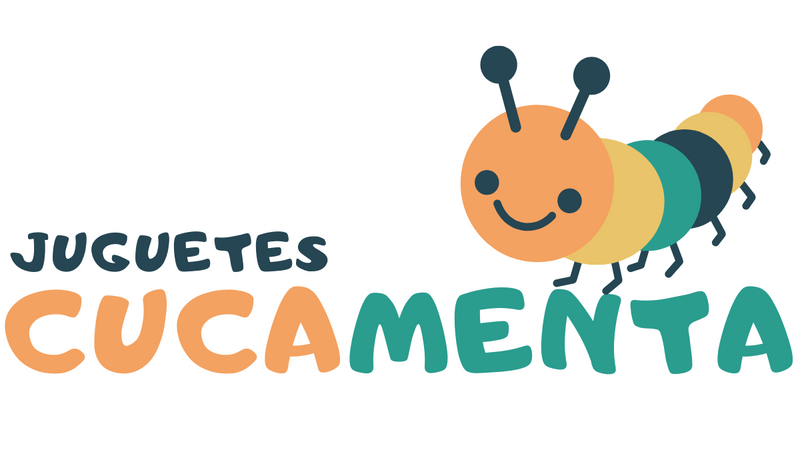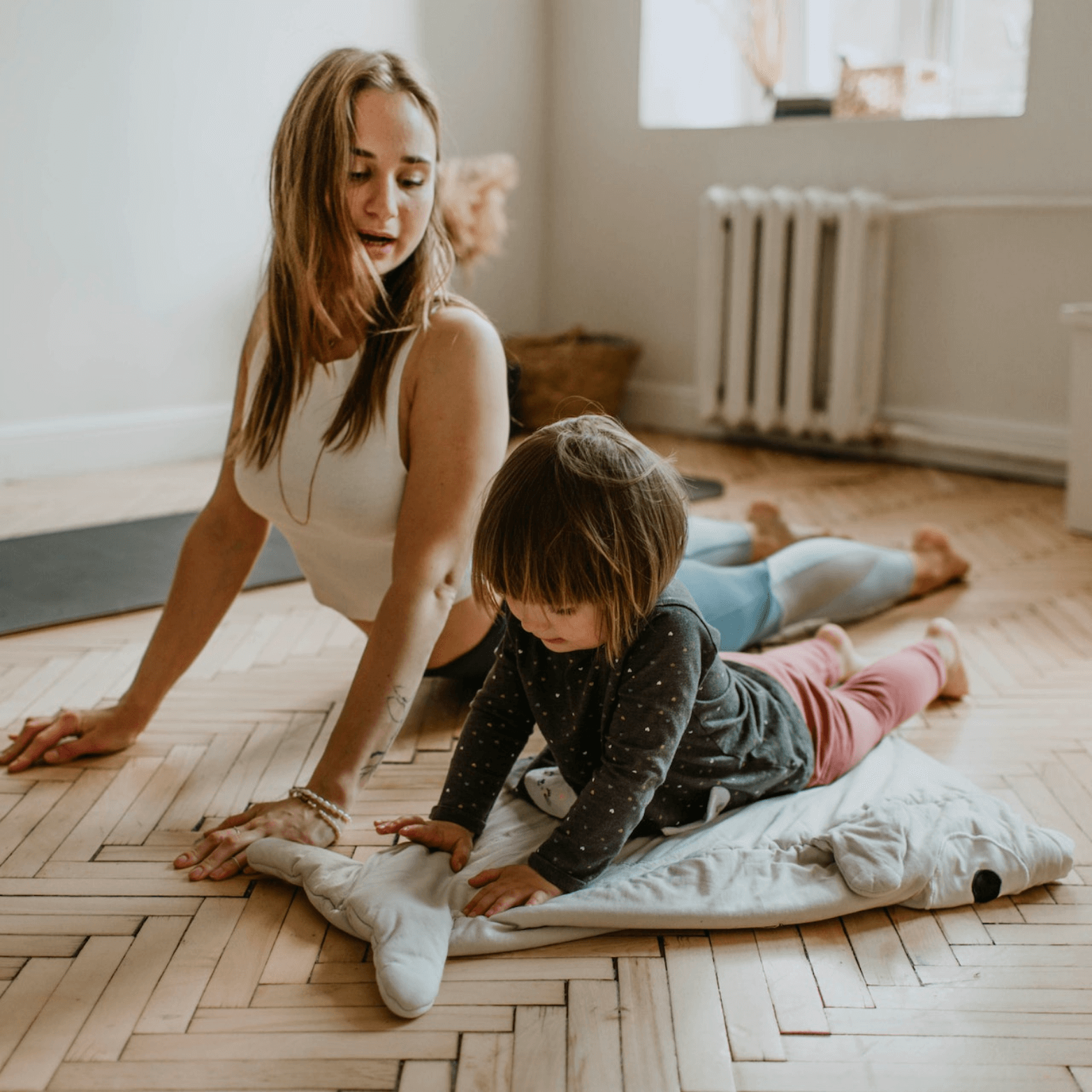Yoga for children is one of the best activities that the little ones can practice from childhood, and more and more centers and schools include the discipline in their programs. As for the minimum age to practice yoga, they can start as soon as they understand the basic instructions.
It is possible to start with small exercises from the age of 2, although most children will be ready from the age of 4. When they are young, classes longer than 20 minutes are not recommended. Before telling you which are the best postures to start with, it is important to highlight the main benefits of yoga for children .
For example, a Harvard Health study confirms that yoga and mindfulness have been shown to improve physical and mental health in school-age children, ages 6 to 12.
10 benefits of yoga for children

Yoga represents a revolution for children's health and well-being : it not only prevents diseases and improves physical skills, but it has a great impact on the emotional, cognitive and mental health of the little ones. These are some of the most notable benefits of the practice:
- Helps with fine and gross motor skills : Like dance or gymnastics, yoga helps children train balance, hand-eye coordination, and other key movements with small muscles.
- Develops flexibility and strength : Yoga is key to strengthening your muscles, improving muscle tone, and increasing elasticity, balance, strength and endurance.
- Work on proprioception , the sense that informs the brain of where each part of the body is at all times. This system is key for people to place their own bodies in space and react to instabilities.
- Improves body posture : yoga not only makes the spine more flexible, but also helps to keep the back straight as an axis, and to distribute it correctly throughout the rest of the body, protecting the joints and promoting a good habit when walking, practicing sports or sit.
- Fight anxiety and depression: yoga increases self-awareness, and improves self-esteem and mental health. Breathing work helps to relax and calm the child.
- Improves concentration : yoga eliminates distractions, allows you to focus on the present moment and improves concentration , a key skill in many aspects of children's lives, such as studying or playing.
- Provides greater self-control : Yoga helps them control themselves, have discipline and perseverance, respond better to stress and improve decision-making. It also reduces impulsivity and increases patience when waiting for positive rewards.
- It teaches how to regulate emotions: precisely the word yoga means balance and union of the body with the mind. This physical, spiritual and mental practice gives children tools to understand and navigate all kinds of emotions and not feel overwhelmed by them.
- Improves your well-being and prevents diseases : yoga helps you breathe better, increase lung capacity, regulate bowel movements, reduce asthma symptoms or improve the immune system.
- It is ideal for better sleep: introducing yoga into the routine allows children to relax and have a deeper, more comforting sleep.
The 5 best yoga poses for children
Cat-Cow Pose
It is one of the most important sequences, and involves performing two postures or asanas in movement. To practice it you have to get on your knees, tilt your pelvis and place your chest parallel to the floor, with your palms on the floor. When you inhale, you look up with your eyes and arch your spine inward, releasing the weight, like a cow. When exhaling, the back is completely hunched and the eyes look at the navel, with the head hanging. It is one of the best postures to make the spine more flexible, stimulate circulation, improve digestion and prevent back pain.
tree pose
It is one of the best yoga poses for children to work on balance. In an upright position, you must rest the soles of one or your feet on the inner thigh or on the opposite calf, keeping your hips straight, your head looking forward, and your shoulders relaxed. In the final posture the arms are raised and pressed against the ears, with the hands together. The posture should be done on both sides, with relaxed eyes and soft, slow, and deep breathing through the nose.
mountain pose
Also known as the head-down dog pose, it is essential to strengthen the muscles of the arms and shoulders, stretch the back and legs and improve venous return and circulation. Its shape is that of an inverted V or mountain: the person must stand on all fours, resting their parallel feet on the ground - respecting hip width - and the palms of their hands. The hips rise towards the ceiling, the head hangs completely relaxed and both the arms and elbows, as well as the legs and knees, are stretched to the maximum.
cobra pose
It is another of the most important yoga postures for children, key to strengthening the back, reducing cervical stress, stimulating the abdominal organs, opening the chest and improving breathing. It also stimulates the kidneys and nervous system. Like the rest of the asanas or postures, its name illustrates its shape: the shape is that of a cobra. The child should lie face down, rest the palms of the hands behind the line of the shoulders and lift the chest off the ground looking up, relaxing the shoulders, arching the neck slightly backwards and breathing softly. The pubis should be close to the floor.
fish pose
It is an ideal posture to open the chest, increase lung capacity, stretch the neck, improve body posture, relax and promote rest.
To practice it, you have to lie on your back with your legs straight, raise your head and neck with the help of your arms and rest the crown of your head on the floor, closing your eyes, extending your arms on the floor and breathing to widen your rib cage.
As J. Crandell said, “yoga is the perfect opportunity to be curious about who you are.” What better than to do it since you are a child.



0 comments